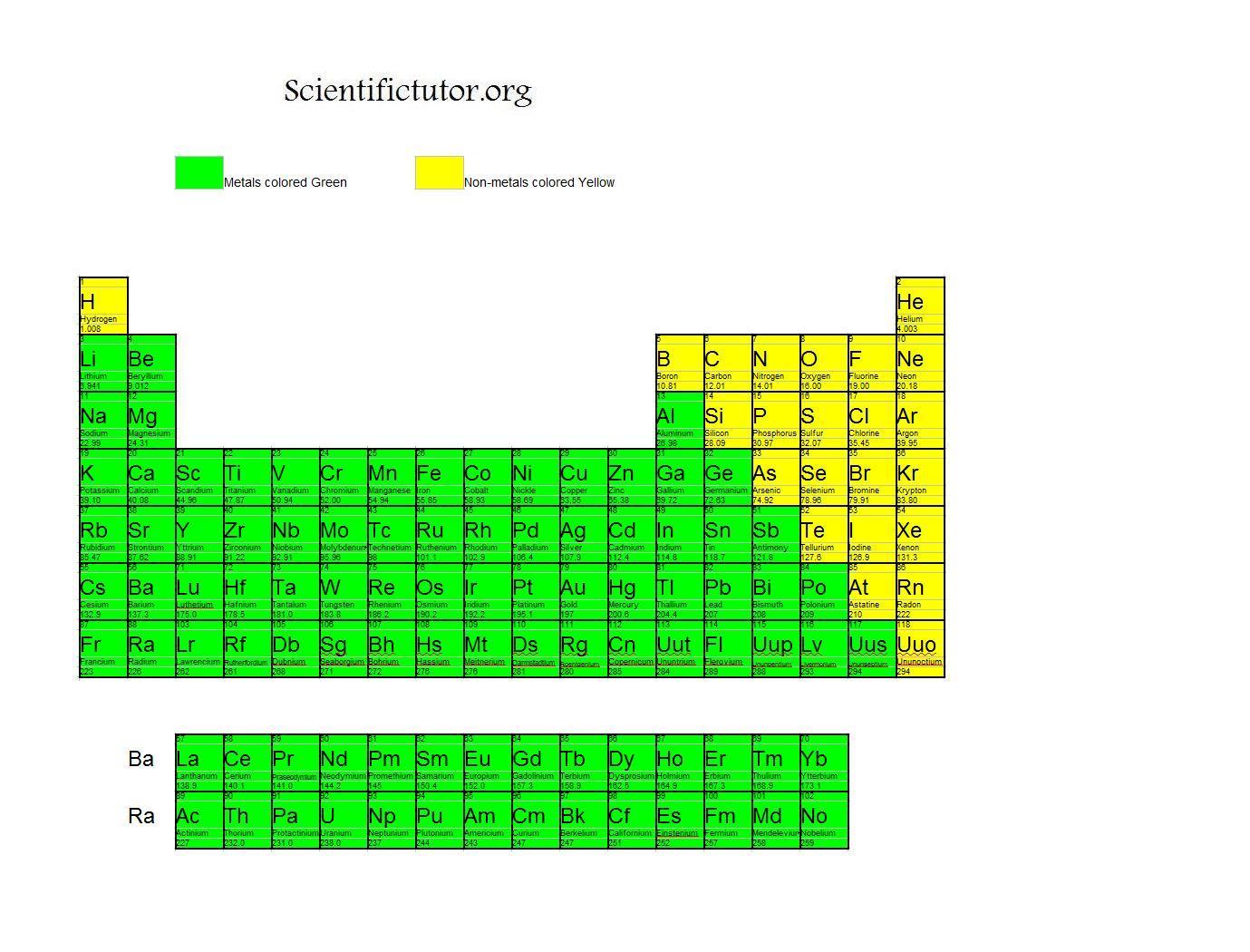This intermediate behavior is in part due to their intermediate electronegativity values. So, metallic hydrogen and lithium occur. Web for example, the pure metalloids form covalent crystals like the nonmetals, but like the metals, they generally do not form monatomic anions. Covalent bonding is the key to the crystal structures of the metalloids. This intermediate behavior is in part due to their intermediate electronegativity values.
Web two metals can't form an ionic bond. There is no metal in existence that accepts electrons. In reality, there is no purely ionic nor purely covalent bond, with the exception for the same atoms, like ox2 o x 2, nx2 n x 2, fx2 f x 2 etc. Hydrogen and the alkali metals, in particular, form both covalent and metallic bonds.
What kind of bonds do metalloids form? Web simply, metals lose electrons and can form only ionic bonds. Metalloids can form both covalent and ionic bonds.
Silicon and germanium crystallize with a diamond structure. Web metal atoms form ionic bonds with nonmetals. In general, covalent bonds form between nonmetals, ionic bonds form between metals and nonmetals, and metallic bonds form between metals. For example, silicon dioxide is a covalent compound, while arsenic oxide is an ionic compound. What kind of bonds do metalloids form?
Explain the formation of cations, anions, and ionic compounds. So, metallic hydrogen and lithium occur. Web do metalloids form covalent or ionic bonds?
Metalloids Can Form Both Covalent And Ionic Bonds.
The structure is like the zinc blende ionic structure, except that all the atoms are the same. The properties of diamond (insulator, hard) come from the strong covalent bonds. However, transition metals tend to form coordinate covalent bonds due to relatively smaller sizes. Web for example, the pure metalloids form covalent crystals like the nonmetals, but like the metals, they generally do not form monatomic anions.
Silicon And Germanium Crystallize With A Diamond Structure.
Web with the exception of hydrogen, all elements that form positive ions by losing electrons during chemical reactions are called metals. They're charge to radius ratio is too high for them to let go of their valence electrons so they share electrons. When na loses an electron, there are 10 electrons and 11 protons. Web metal atoms form ionic bonds with nonmetals.
Involves The Transfer Of Electrons From One Atom To Another.
Web a series of six elements called the metalloids separate the metals from the nonmetals in the periodic table. For example, silicon dioxide is a covalent compound, while arsenic oxide is an ionic compound. They form either covalent or metallic bonds with themselves or other metals. Thus metals are electropositive elements with relatively low ionization energies.
Predict The Charge Of Common Metallic And Nonmetallic Elements, And Write Their Electron Configurations.
The requirements for this bond are the losing of electrons by one element and gaining by another. In general, covalent bonds form between nonmetals, ionic bonds form between metals and nonmetals, and metallic bonds form between metals. However, there are exceptions, such as metalloids and transition metals, which can form covalent bonds under certain conditions. Lithium and beryllium tend to form covalent bonds than ionic ones.
Predict the charge of common metallic and nonmetallic elements, and write their electron configurations. Web for example, the pure metalloids form covalent crystals like the nonmetals, but like the metals, they generally do not form monatomic anions. Explain the formation of cations, anions, and ionic compounds. Silicon and germanium crystallize with a diamond structure. So do h 2 and li 2 gas molecules.


![[Class 10] Differentiate between Ionic bond & Covalent bond Teachoo](https://i2.wp.com/d1avenlh0i1xmr.cloudfront.net/29dc8fda-9ab0-414a-a828-0804e7fdb8e5/covalent-bonds-or-ionic-bond---teachoo.jpg)
